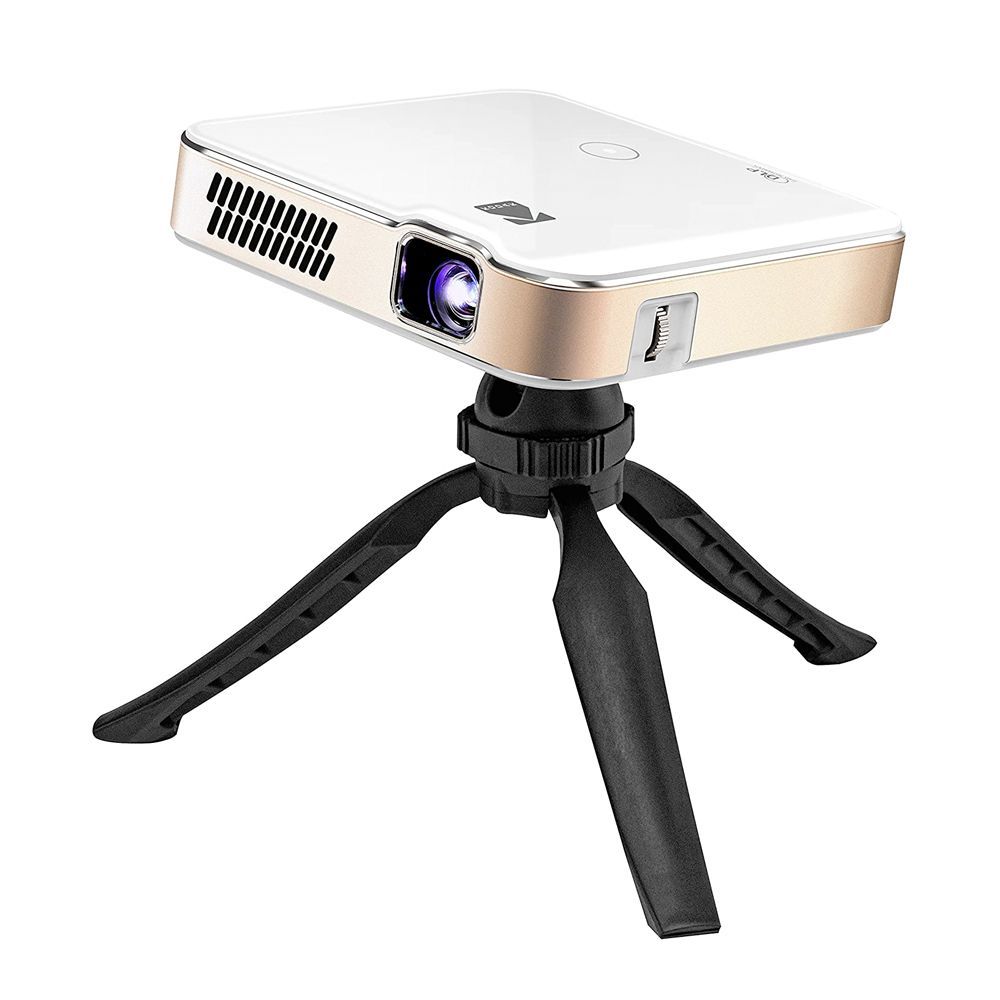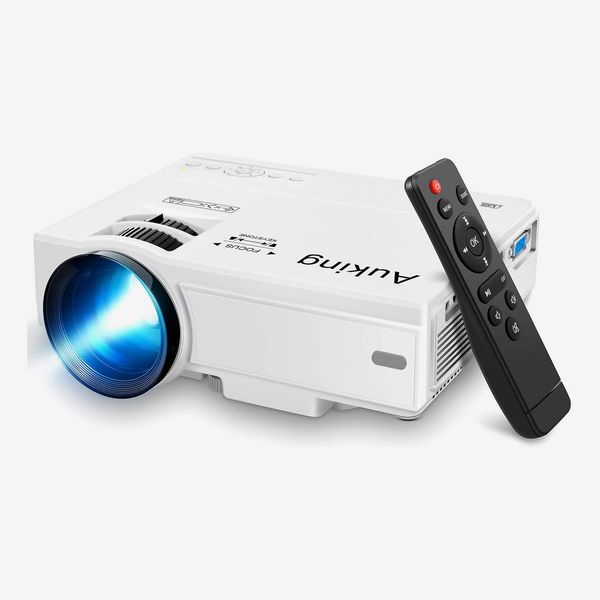


Sony, Sanyo and others also produce LCD projectors. Though most manufacturers use DLP projector tech, Epson has largely stuck with its 3LCD system on its Home Cinema 5050UBe 4K Pro and other models. Those color channels, each containing the image, then converge in a prism and pass through the projector's lens.
#Best pico projectors 2019 movie#
The colors then pass through three LCD screens containing the movie or whatever else you're watching, letting only the relevant parts of the image through. LCD: Inside a modern LCD home theater projector, a powerful light source is split into red, green and blue beams by a series of mirrors. In any case, LCD and DLP use fundamentally different technology, and there are some strong advantages and drawbacks with each.

For each, the light source is usually a simple lamp, but some higher-end LCD and DLP projectors are powered by lasers. Most consumer projectors use two types of technology: LCD and DLP. Before you start running to the store for popcorn, it's important to learn a few things and beware of the pitfalls, so we're here to help. It's possible nowadays to find reasonably bright 4K HDR projectors with near theater-quality images for $1,500 or less. You may think of projectors as either expensive, dim or janky, but with the latest technology, that's all changed. Yes, film aficionados are increasingly turning their attention toward home theater projectors. Luckily, there's another option that can get you even more, up to a 150-inch screen for a fraction of that price. A 100-inch 4K screen? To get that the usual way you might be looking at paying close to six figures.


 0 kommentar(er)
0 kommentar(er)
